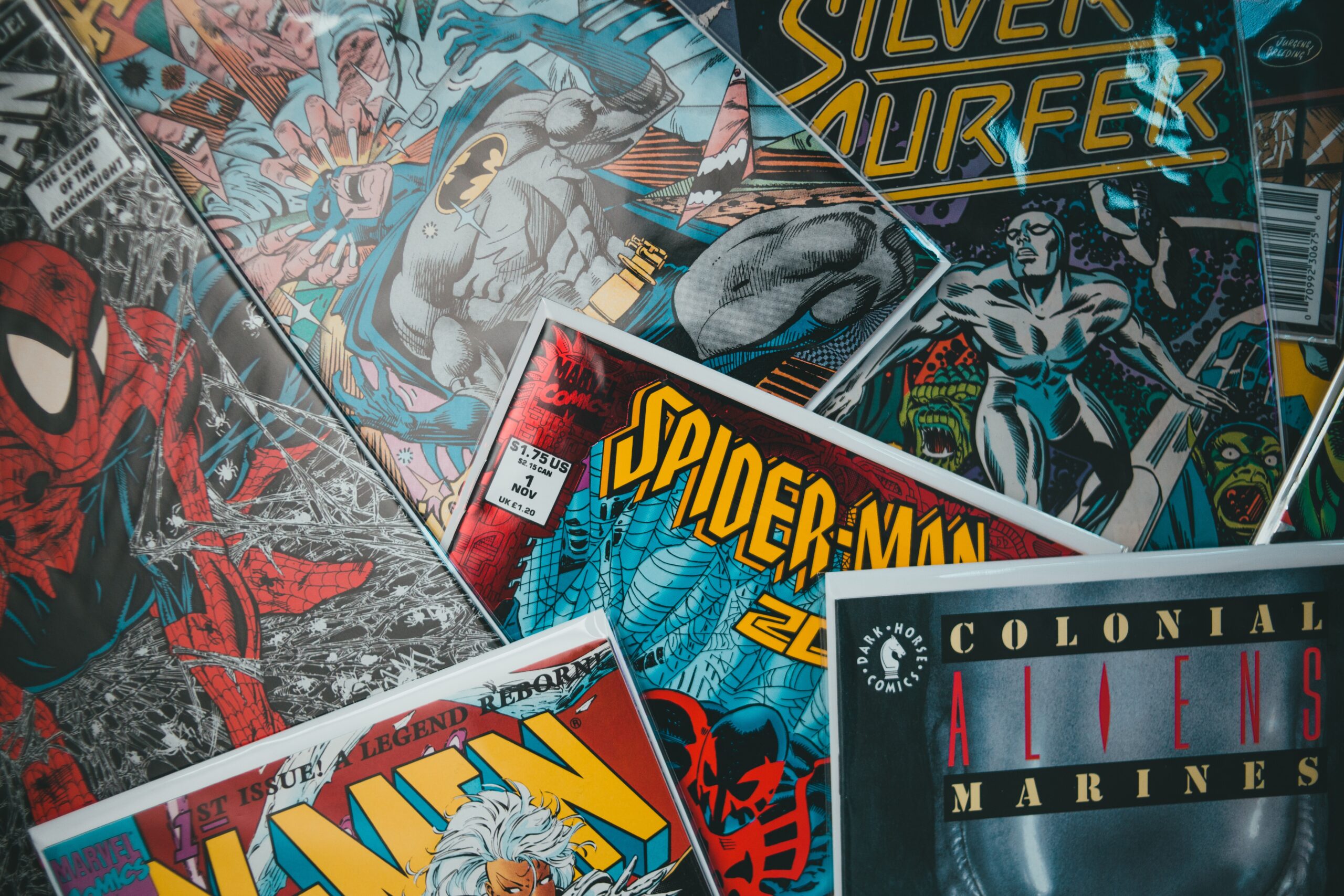Media inspired by Media
Writers are pretty similar to artists. Both writers and artists have their inspirations, and most writers and artists have a unique style. But their style may have been inspired by someone who came before. Even very popular works of media tend to be based on previous works. An example of this would be The Lion King as it was based on Hamlet. This is an example of intertextuality. And Doug Eyman goes over it in his text. But what I’ll be talking about is what Intertextuality is, why I find it interesting and cool, and that there is a difference between inspiration and stealing no matter how similar the inspirations may be.
What is it
Intertextuality is the idea that media can take from previous media to make something new. Even down to what medium a work is on. To back up my definition here a quote from Doug Eyman “Intertextuality shows that a given text always relates to preceding or simultaneously occurring discourse. (22–23)” Intertextuality is fascinating because people can be inspired by the same thing and get different results. For instance, a popular anime series by the name of Dragon Ball’s main character Goku was inspired by a character in the Chinese story “Journey to The West” named Son Wukong or the Monkey King. You see this in Gokus’s design when he was younger, look at his tail and pole it’s inspired. But if you know about either of them, they both take completely different paths in the stories that they want to tell.

Stealing
An issue people may have been how to tell when something just stealing, which is why I’m going to defend intertextuality. Bootlegged movies like Alladyn and Aladdin are clearly there to make money off of the name of the previous work There is no respect for the original here it’s just an imitation. This is one of the ways you can tell, another is what a character stands for.


Respectful Inspiration
Let’s look at an example of inspiration Sonic the Hedgehog is a video game character whose design is inspired by rubber hose cartoons and characters like Mickey Mouse. Sonic’s design is very clearly inspired by Mickey Mouse and others like him so there are similarities. Things like their mono eye, gloves, and shoes-only combo, etc.
Something different
But they both represent very different things and were created for different reasons. Sonic was made to compete with Mario another video game mascot and Mickey was created to replace a previous character named Oswald the Lucky Rabbit. It’s because of this there trying to appeal to different audiences which is another way you can tell something is just inspired. They both do their own thing.


Murky Waters
But this next example is where things get tricky. Again, with Sonic the Hedgehog, there is a transformation that he can use in the games called Super Sonic. Which is very similar in design to Goku Super Sayain form in Dragon Ball Z a sequel series to Dragon Ball in which Goku is older. You can totally argue that this isn’t inspiration anymore and it’s just a complete rip-off. But it’s not just shameless stealing like the Alladyn example.


Same Idea different Usage
If you look at it on a surface level, they are practically the same. But in Dragon Ball Z this form is achieved through anger and represents the main character reaching his breaking point. Where Sonic achieves his form through collecting 7 gems in the game. Different from Goku as it’s not his breaking point.
Personality
There is also the fact that these transformations have different effects on their personalities. With Goku he is far angrier in this form the first time he uses it; his eyes even change design.
Sonic on the other hand tends to be much more in control of situations when using this form and is either the same or more cocky or more serious. It’s on much more of a case-by-case basis but he is in control of his emotions despite the angrier look. While there may be similarities despite the very similar premise, they are different.
Conclusion
So, in conclusion Intertextuality is interesting and cool and there is a difference between inspiration and stealing. No matter how similar the inspirations may be. This is because media that are inspired by previous works respect and say something different in comparison to the inspiration. Even with the example I’ve shown they’ve all built something completely different from where they started. And that’s why I find it interesting. So, I think it fair to say Intertextuality in media is like the seeds for future media.





Leave a Reply